Steemit Crypto Academy Week 6 Homework Submitted To @sapwood | Isolated and Community Judgment in Steem Blockchain| @bukkyi4u
ECONOMIC AND SOCIAL RAMIIFICATIONS OF SELF-UPVOTE IN STEEM BLOCKCHAIN
Economic Ramifications Of Self-upvote
With the Quadratic Reward Curve( as earlier explained by professor @sapwood) that was first used in the Steem Blockchain ecosystem it was discovered that so much reward could be accrued from content curation even as a single curator (voter). Again, the Llinear Reward Curve that was later introduced was not so much a far cry from this reality.
With those curve systems, content curators who thrived on self-upvote could argue that, first, if they couldn't upvote their own posts, then who will? Therefore, they bask under the guise of endorsing their own posts for others while actually earning appreciable curation rewards.
Obviously, this was the case with this particular Steemian @gmichelbkk with made this particular post, Is Self Upvoting Wrong? What's my Strategy?
Here, he did make some calculations which could eventually pay-off with good rewards from self-upvote especially with higher voting strength (that is, Steem Power, SP) of 100,000 SP.

Hence, It could be seen that with 100,000 SP and with an application of 100% vote weight with an upvote value of $19.35, he could make $580.50 in a month by self-upvoting 30 of his posts.
Interestingly, this post was made 3 years ago. Apparently, the calculations were based on the Linear Reward Curve. This is not the case with the current Convergent Linear Reward Curve.
With the current Convergent Linear Reward Curve, self-upvoting amounts to very intangible curation rewards. This is so especially when it is done from the angle of upvoting poor content which may not pass through favorable community judgment.
Economically, rewards from self-upvote are intangible and frustrating.
Social Ramifications Of Self-upvote
The social ramification of self-upvote is that it eventually leads to poor content discovery in which case a low quality content is pushed to the top of the trending page.
This can be more pronounced in the case that a business-minded self-voter with very high SP, delegates some of them to bots to help vote on his poor content.
CURATION REWARDS: UPVOTING OTHERS VS SELF-UPVOTE
Upvoting Others
It could be more profitable to upvote other people's post, especially when high quality contents are upvoted. This is so because when a high quality post passes favorable community judgment and is upvoted tremendously, it brings in higher rewards. This could even reach linearity. Hence, bring in much higher curation rewards even to the content curators.
Self-upvoting
On the other hand, self-upvoting, especially in the case of poor content may not bring in any reasonable curation reward. This is because the self-upvoted post may not reach favorable community judgment, since it is of low quality. Hence, it may not obtain high number of community upvotes. This leaves the curation rewards much below the sub-linear zone.
Let's take a practical example from the image below:
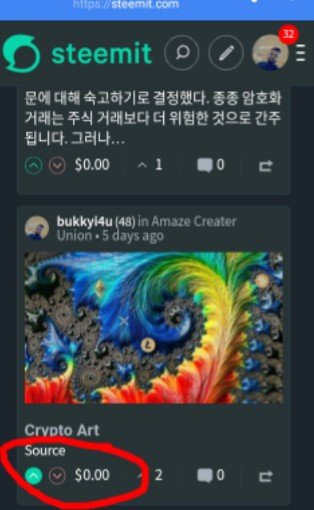
In this image the curation rewards stood at $0.00 even after upvoting myself with Steem Power of 19 SP.
So. the upvote value of the 19 SP is $0.00.
However, I discovered that in spite of my upvote value of $0.00 I could earn by upvoting other quality posts with favorable community judgment.
For instance, this particular post below stood at $172.22 before I upvoted it:
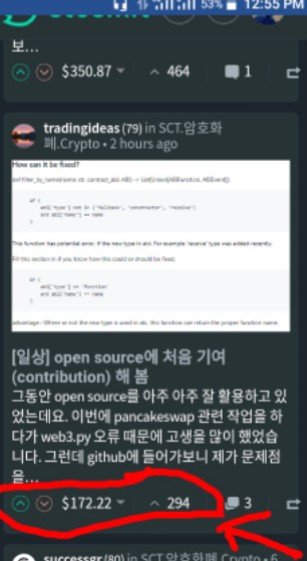
However, the image below shows the total payout value of the post after my upvote on it:
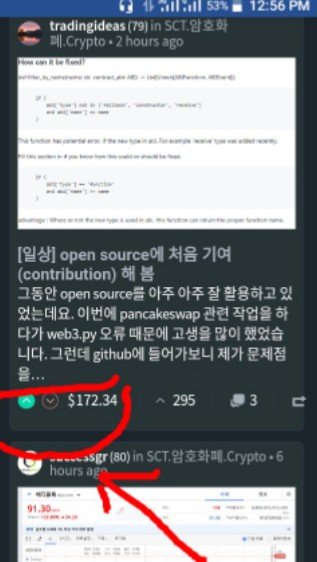
The payout value now stood at $172.34 with a total community upvotes of 295 votes including mine.
Calculating my curation reward from this post.
Post payout before voting= $172.22
Post payout after voting= $172.34
Difference= $172.34- $172.22= $0.12
Recall:
Pcurator= (1/2) * (√PT) * (√P1-√P0)Δt
Where,
PT= Post Payout at the end of 7 days
P0= Post Payout before voting
P1= Post Payout after voting
P0= 172.22
P1= 172.34
PT= 172.34
Δt= 1 since I'm voting after 5mins.
=> Pbukkyi4u= (1/2) * (√172.22) * (√172.34-√172.22)= $0.029994
Hence,
My isolated judgment curation reward= $0.00
Community judgement curation reward( or linear reward)= $0.03(approximating)
DIFFERENCE BETWEEN ISOLATED JUDGMENT AND COMMUNITY JUDGMENT
Isolated judgment refers to the perceived individual resolution of a single person on a particular content. Usually this can be seen when one has passed judgment on a particular post as either being of high quality or poor quality. Always, it is based on the personal conviction.
The term isolated judgment is used when personal conviction is considered separately from the general conviction of the entire community over a particular content.
Community judgment, on the other hand, refers to the apparent general consensus of all the members of a particular community or of all the members who have upvoted a particular content. Usually, this is based on the reasoning that poor quality content may never gain favorable consideration by the larger community.
Community judgment is expected to produce the best and most correct verdict on the quality of a content rather than isolated judgment which could be biased. That is the difference between isolated judgment and community judgment.
HOW TO ADAPT TO COMMUNITY JUDGMENT ON QUALITY CONTENT

Usually, we may have individual differences when it comes to deciding on the quality of content. This could be based on appeal to personality.
Sometimes, the piece of content we favor personally may not be in line with that which has been favored by the rest of the community.
Adapting to community judgment on quality content in the Steem Blockchain would require that one harmonizes his upvote in line with the most favored contents in the community.
The most favorite content in the community may differ from the personality about content. However, in order to adapt to community judgment one has to vote in line with the trending posts.
Furthermore, it should also be noted that upvoting before 5 minutes age of a post that would eventually enjoy favorable community judgement could come with an incentive of 100% return on upvote value from curation rewards.
Also, voting before a whale could bring higher returns on upvote value from curation rewards.
DOES ADAPTING TO COMMUNITY JUDGMENT BRING ECONOMIC INCENTIVE?
Actually, adapting to community judgment on quality content in Steem Blockchain has the potential of bringing higher rewards from curated content.
Upvoting the content which are of moderate quality can bring good curation rewards to the voter. Still, upvoting the content which are of good quality or of the best quality can bring even greater rewards.
This is because content with the best quality could eventually reach such high accumulated upvotes from community judgment that it hits the point of linearity in curation rewards.
EXPLAINING WITH REAL EXAMPLES
The screenshot below shows my curation reward from an isolated judgment on a particular post with my Steem Power of 19 SP.
From the screenshot below it can be seen that my isolated judgment in upvoting this particular post (that has no other community votes) produced no incentive.
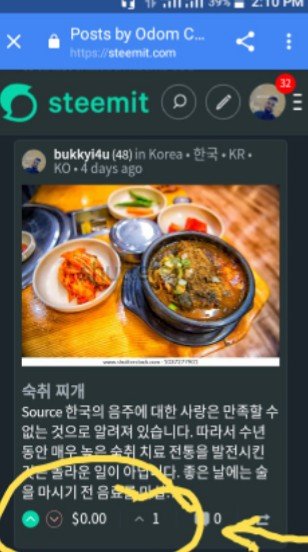
However, from the screenshot I will share below, it can be seen that my upvote on a particular piece of content that already has a favorable community judgment eventually earns me some curation rewards.
Content before my upvote:
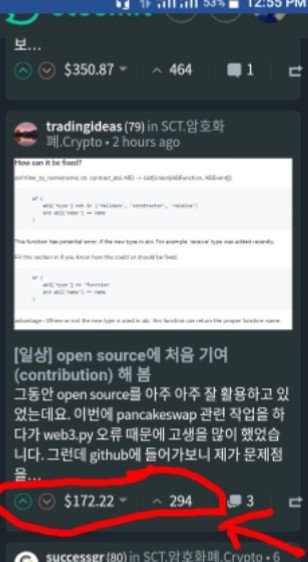
Content after my upvote:

From the above images on my upvote after adapting to community judgment, it can be seen that the payout value increased from $172.22 to $172.34. This amounts to an increase of $0.12 in both author and curation rewards. The reward accruable to me as an individual voter can then be calculated from the formula below as has already been done earlier in this write-up:
Pcurator= (1/2) * (√PT) * (√P1-√P0)Δt
Where,
PT= Post Payout at the end of 7 days
P0= Post Payout before voting
P1= Post Payout after voting
Therefore, I stand to gain by adapting to community judgment rather than relying on isolated judgment.
MY PRACTICAL ASSIGNMENT ON STEEMWORLD.ORG
Checking my upvote value on steemworld.org and taking screenshot:
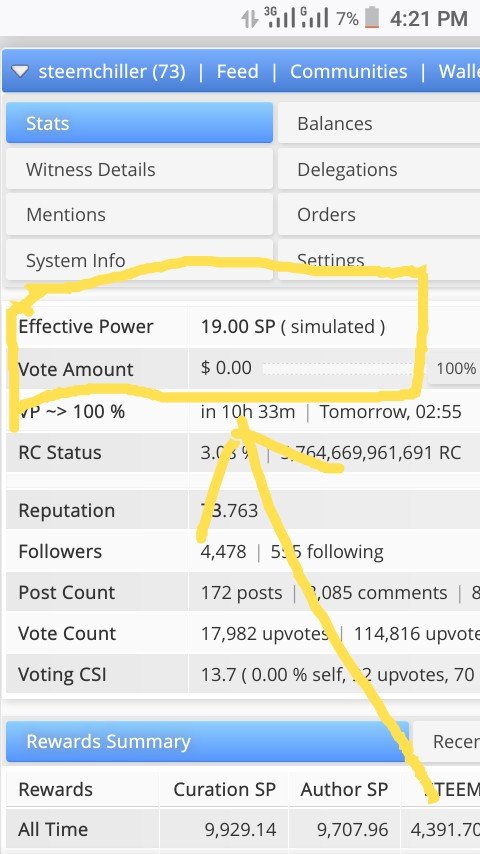
From this screenshot above, it can be seen that my upvote value with 19 SP is $0.00.
Going to the steamit trending page and upvoting a post with a payout value greater than $10 but less than $50 (and of age less than 6 days 12 hrs):
Before my upvote:
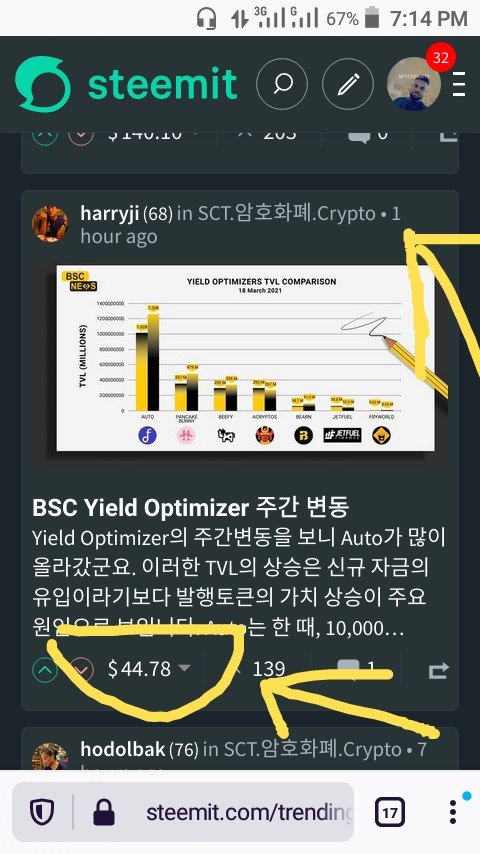
It can be seen that the post has a payout value of $44.78 and is just 1 hour of age.
After upvote:
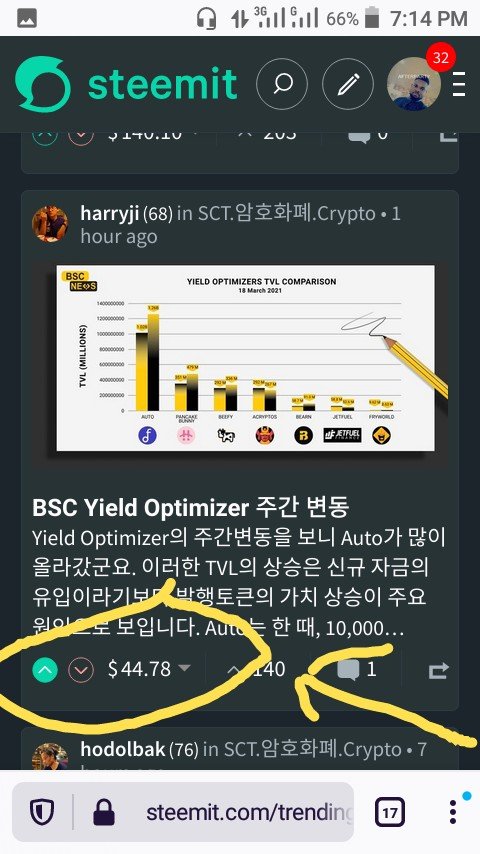
It can be seen that the post still has a payout value of $44.78(that is, remains unchanged)
Going to the steamit trending page and upvoting a post with a payout greater than $100 (and of age less than 6 days 12 hours):
Before upvote:
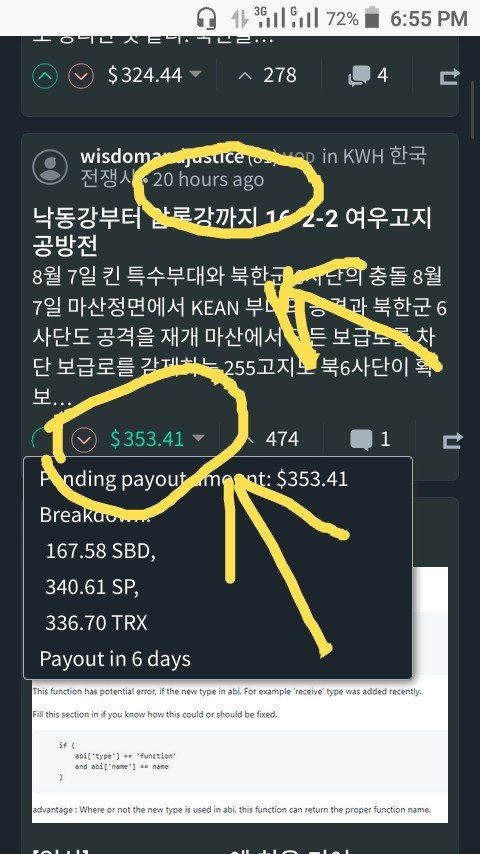
It can be seen that the post has a payout value of $353.41 and of age 20 hours.
After upvote:
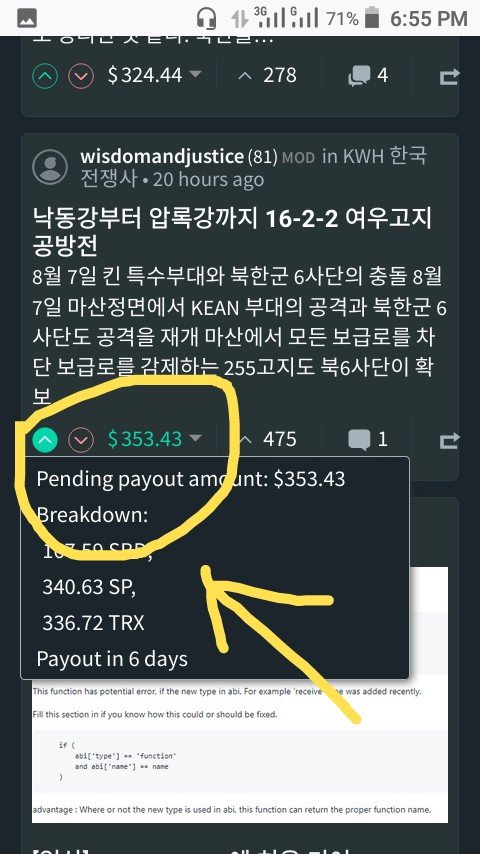
After my upvote, it can be noticed that the payout value of the post is now at $353.43.
This amounts to a difference of $0.02(that is, $353.43-$353.41).
What is the difference?
The difference is that the post with a payout value greater than $10 but less than $50 (and of age less than 6 days 12 hours) produces no upvote value.
On the other hand, the post with a payout value greater than $100 (and of age less than 6 days 12 hours) produces an upvote value of $0.02.
Which one produces a greater upvote value and curation reward?
Obviously, the post with a payout value greater than $100 produces greater upvote value, hence it has a greater a reward.
Note that in both cases the same resources(SP, VP) have been used in upvoting.
EXPLANATION OF THE ABOVE PHENOMENON
From the above exercise it can be seen that the post with a better community judgment and therefore greater post payout value(greater than $100) produces greater upvote value and therefore better curation reward.
Obviously, this is because the combined community voting power of from the larger community is approaching linearity. Consequently, this particular post promises greater curation reward for curators or voters.
On the other hand, the post with a payout value greater than $10 but less than $50 (and of age less than 6 days 12 hours) produces no reward for my upvote value of $0.00. It has not yet gained enough votes ( due to less popular community judgment) to even earn me some curation rewards.
CONCLUSION
Upvoting others in the Steem Blockchain comes with greater rewards than upvoting oneself (especially in the case of poor quality content)
Furthermore, it should be noted that learning how to adapt to community judgement could eventually bring higher returns and incentives in curation rewards.